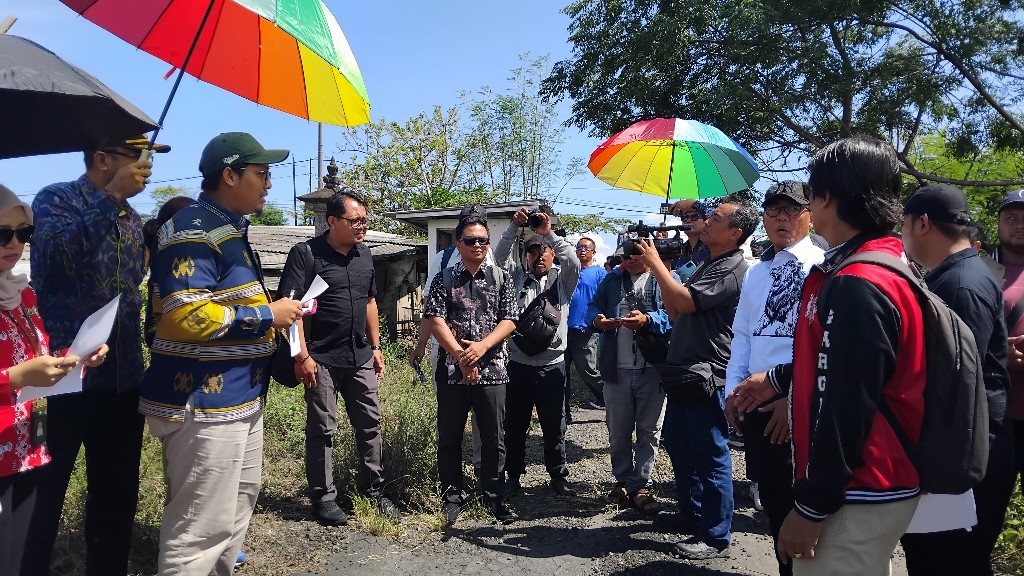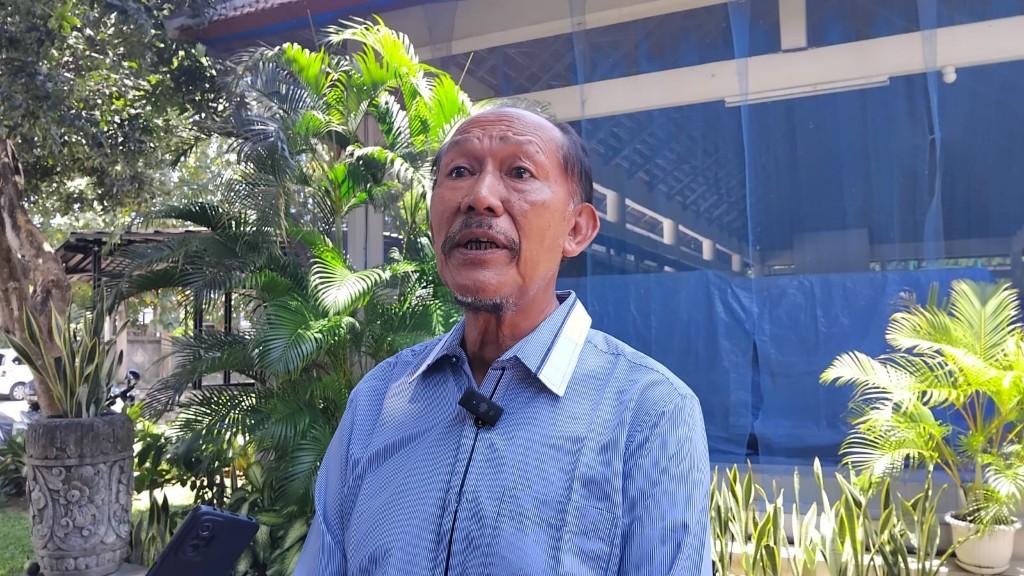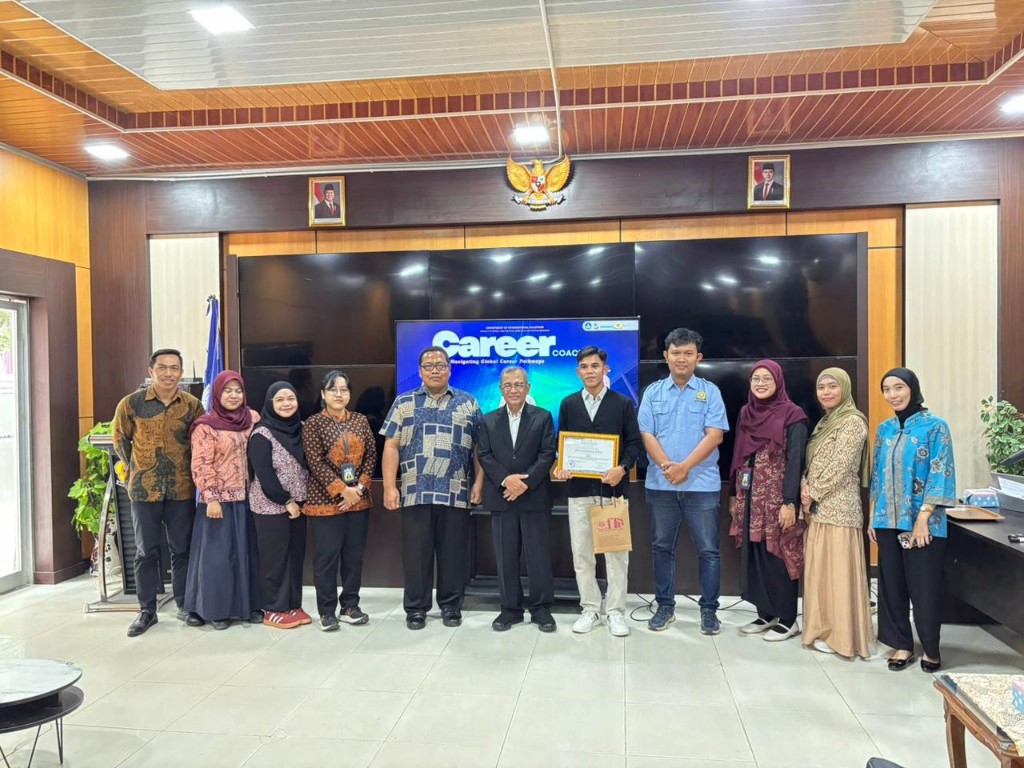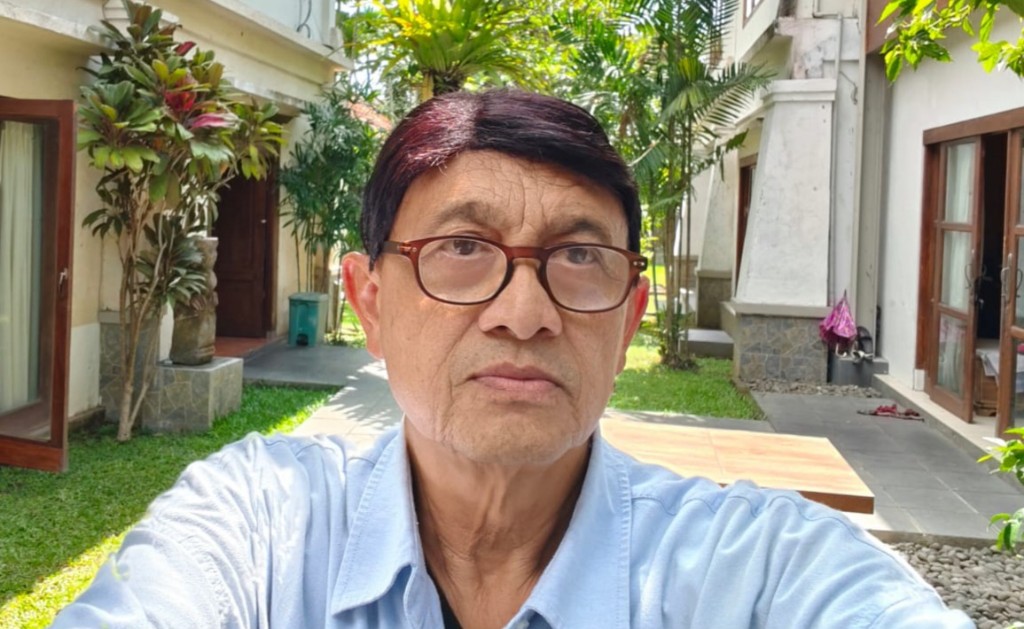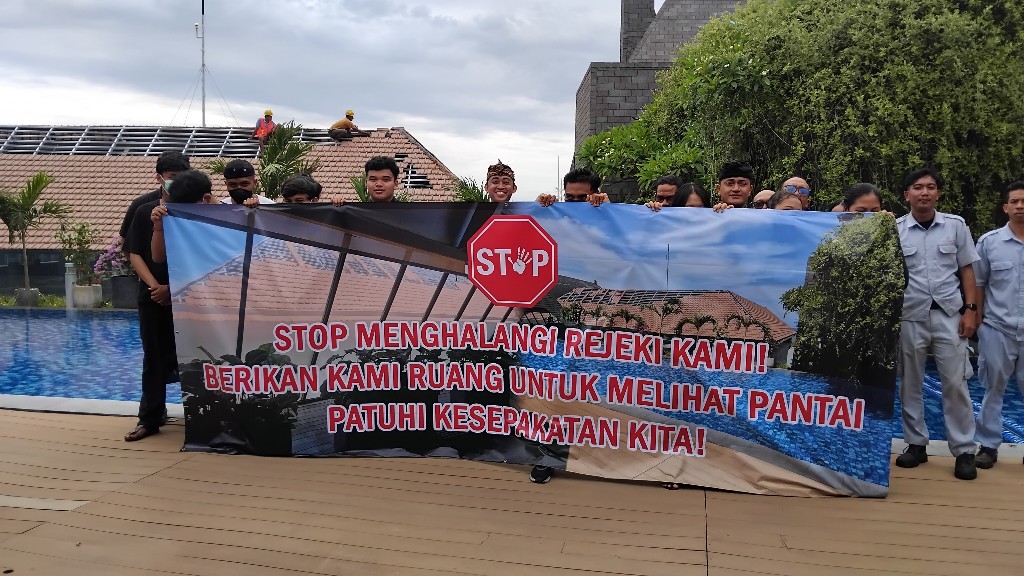
Sanskrit Education Strengthens Hindu Civilization
Artaya - atnews
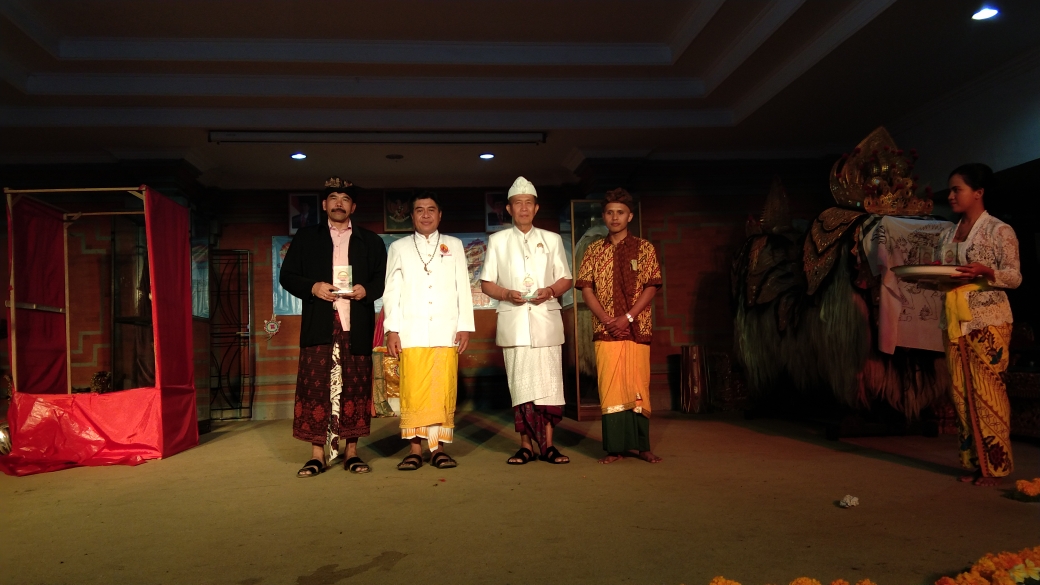
Denpasar, 18/8 (Atnews) – President of World Hindu Parishad (WHP), Dr. I Made Mangku Pastika, stated that Sanskrit education could strengthen Hindu civilization. To that end, the introduction of Sanskrit should be done as early as possible.
“Learning Sanskrit is important because a variety of knowledge exists in the Vedas such as medical science (ayurveda), astrology, mathematics and physics,” said Pastika in Denpasar on Sunday (Aug. 18).
This was conveyed during the Samskrta Sandhyā in the celebration of Sanskrit Day by the Dvipantara Samskrtam Foundation at the campus of State Hindu Dharma Institute (IHDN) Denpasar. The activity was organized by the Dvipantara Samskrtam Foundation by presenting various dances (nrtyam), songs (gitam), drama (natakam), speeches and conversations (bashashanam) entirely in Sanskrit language.
Pastika emphasized that Sanskrit for the Hindus is pavitra (purification) and referred to as daivivak (deity language) so that it is obligatory to know as early as possible. Sanskrit and Hindu culture are inseparable because all Hindu knowledge is written in Sanskrit.
Mantra (mananam trayate or remembering protector) is a sanctification that also protects to those who remember it in Sanskrit. Likewise, the TM Organization Research (transcendental meditation) of Maheshyogi states the results for those who speak Sanskrit are the same as those who meditate.
Various unmatched sciences in modern education such as ayurveda (medicine), jyotisha (astrology), vastusastra (luxurious buildings), gandarvasastra (dance music) and so on are in Sanskrit so that developed countries are now obliging to teach Sanskrit from childhood.
The Sanskrit pronunciation technique (suddhi sound) applies special movements that make the tongue, breathe and the mind well connected so that it can prevent people from severe stress and the technique is known as ‘yoga of the tongue’ nowadays.
Sanskrit is also called Matru Bhaasaa or the fundamental of all languages on earth and the US National Aeronautics and Space Administration (NASA) says that Sanskrit is the most perfect language for the most sophisticated computer program.
For the people of Indonesia (Bali in particular), many local palm-leaf manuscripts and inscriptions containing original culture as well as the sciences and moral order are written in Sanskrit such as Sarassamuscaya, Vrtti Sesana and Slokantara.
Many regional scripts in Indonesia (especially Balinese, Javanese and Pallava) use the Devanagari rules so that proper writing can only be carried out by those who understand Sanskrit.
Sanskrit and its science belong to the Age of Kertayuga (the age of the deity). During this Golden Age, nature, humans and God mutually love and filled with peacefulness. Moreover, people’s age is said to have reached hundreds of thousands of years. The instrument is Sanskrit.
Meanwhile, those who have children, according to modern research, learning Sanskrit / Vedic mantras will help them have a very large memory. For this reason, developed countries such as Germany, Britain, the United States, Dubai, Russia and Japan have established Sanskrit learning centers from kindergarten to higher education.
With the Sanskrit, it will be built wasudhaiva kutumbhakam relationship (all are one family on Earth). Many great moral teachings and stories such as the Ramayana and Mahabharata are in Sanskrit so that the morals of the nation can be improved through Sanskrit. (ART/02)

Baca Artikel Menarik Lainnya : Kadis Sosial Bali Mahendra Turun Langsung Bantu Kakek Nenek Kurang Mampu di Buleleng
